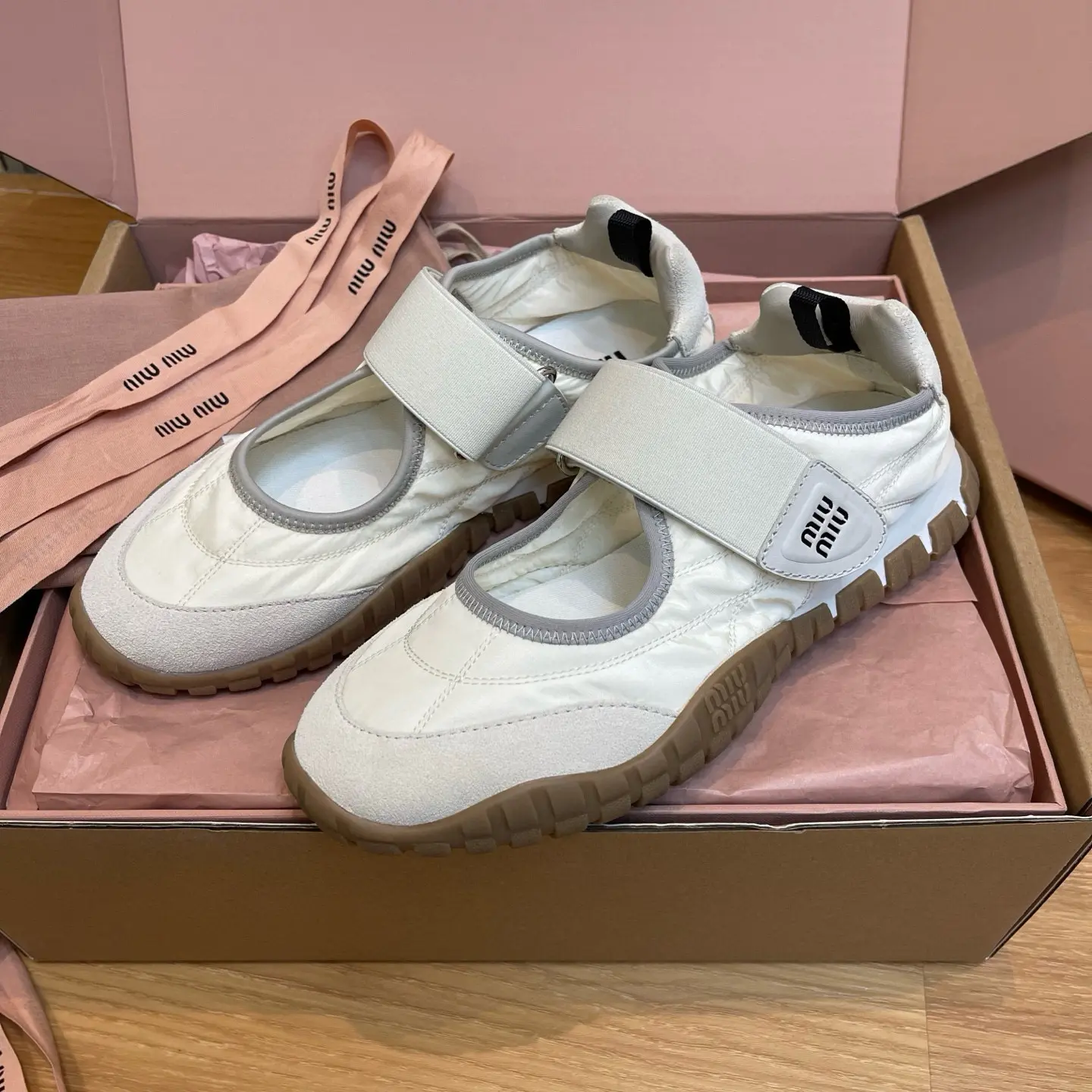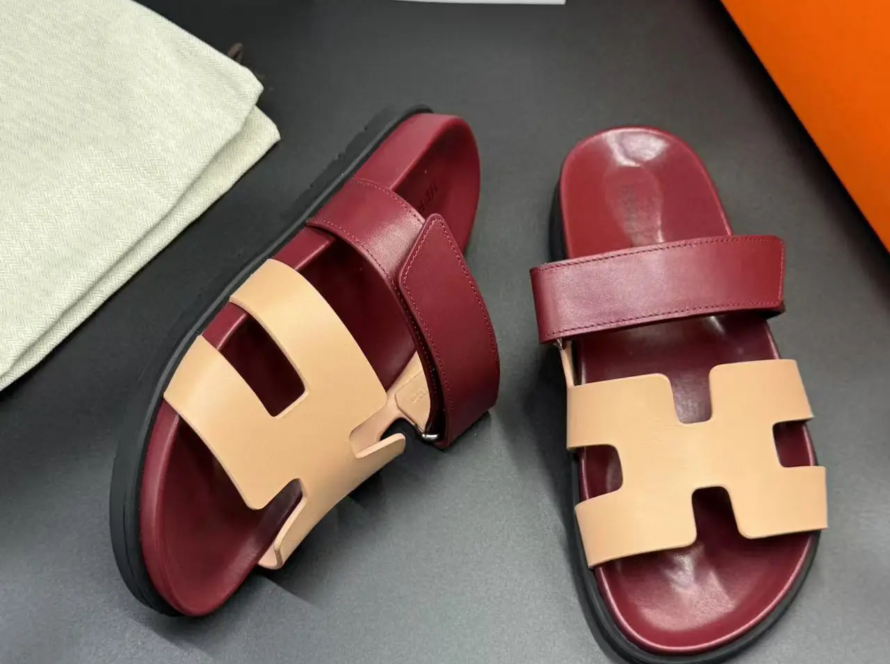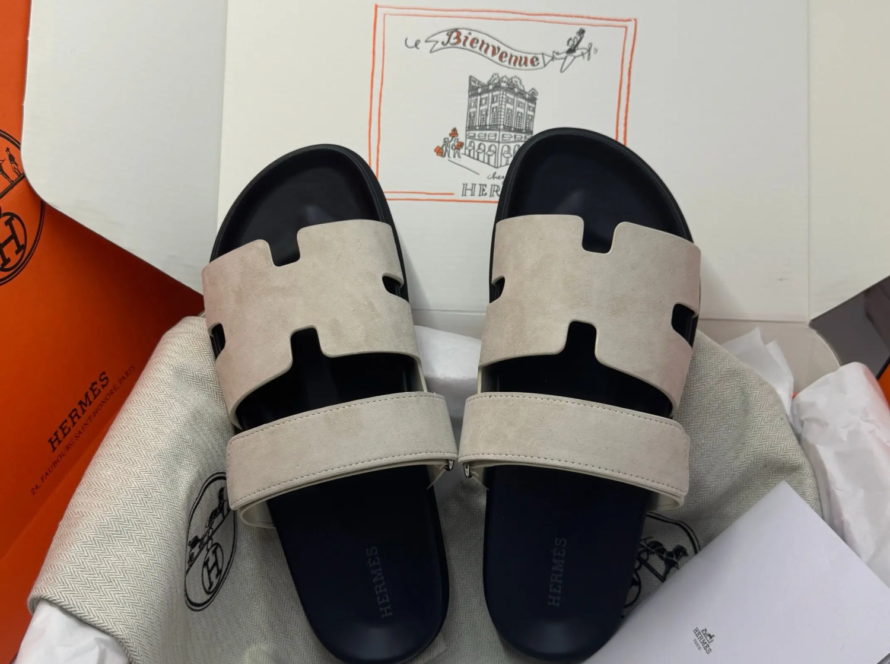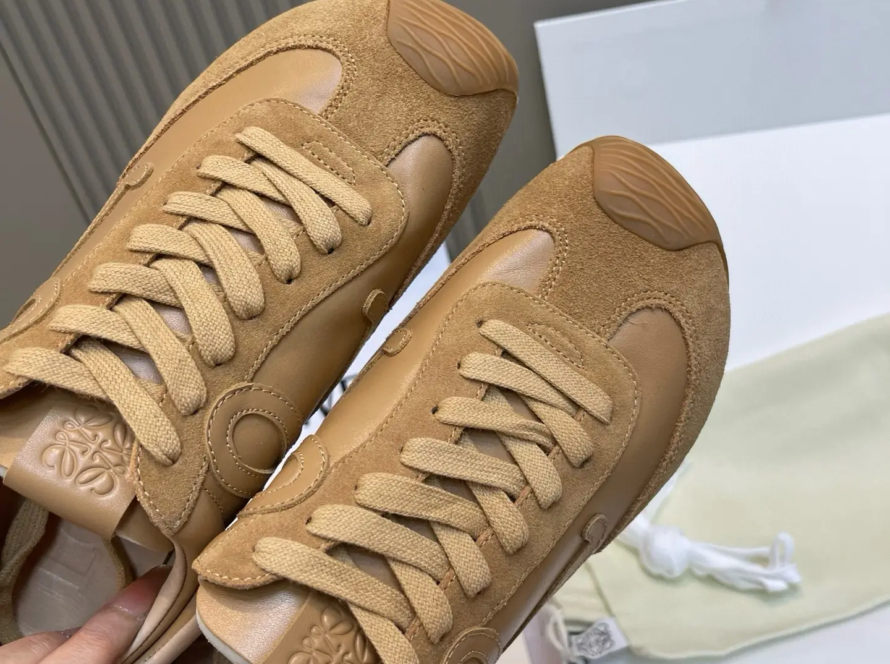
decoding "Good two shoes": From moral prototypes to modern luxury symbols
In the dictionary of English idioms, few phrases carry as much layered cultural luggage as possible "Good two shoes." The term often tosses with playful mockery or dismissive judgment, often thinking of an image of an incredibly kind or avoiding rule. But for luxury fanatics, custom collectors and high fashion enthusiasts, the phrase elicits a deeper dive – not just its linguistic roots, but how it reflects the evolving relationship between society and morality, status and sartorial symbolism.
Historical Footprints: Origin Story
The term dates back to 1765, when the British publisher John Newbery was released The history of Xiao Goode’s two shoes– A story about Margery Meanwell, a poor orphan who gained social respect after receiving a pair of shoes. The narrative that Oliver Goldsmith may have written is a moral allegory that celebrates humility, effort, and resilience. Margaret’s sigh, “Two shoes, ladies! Look at two pairs of shoes!” Become her gratitude and benign, a shorthand for consolidation "Good two shoes" As a symbol of exaggerated innocence.
By the 19th century, this sentence had already given the ideal tone. Critics waved and mocked those who were considered self-righteous or overly compliant, a subtle and strong opposition to the strict morality of the Victorian era. Fast forward to today, its usage oscillates between playful teasing (“Don’t be such a good double!”) and a real ridicule of performing justice.
Beyond Morality: A Reinterpretation of Tailors
But for luxury shoe collectors "Good two shoes" Go beyond the popular meaning. It is a springboard to study how footwear develops from mere practicality to canvases of art, rebellion and identity.
- Ironically: High-end designers often retract stereotypes to subvert expectations. Imagine Christian Louboutin’s limited-edge high heels "OK two shoes," The crimson sole peeks under primer lace details – a dual tribute to innocence and temptation. Similarly, brands like Maison Margiela or Bottega Veneta may criticize the classic outline when celebrating the craft.
- Customized talent: For customized customers, "OK" Shoes become a metaphor for creative integrity. John Lobb’s hand-lasting Oxford or floral lazy people from Berluti are more than just footwear, a testament to the “virtue” of ethical procurement, microprocessing precision and poor quality.
- Cultural currency: In streetwear and high fashion collaborations (e.g., Gucci x on the north), the word changes comments on authenticity and performance ethics into comments. Sneaker dubbing "Good two shoes" It can be imitated for $1,500, and it can be imitated for influencer culture.
Psychology of virtue
Why does this idiom resonate in luxurious spaces? Because it falls into a paradox: the desire to stand out while adhering to the self-evident code of excellence. Wealthy consumers often lead to tensions between insurgency and tradition – owning a pair of destructive Rick Owens boots while cherishing them "OK" Discipline of legacy brands such as Edward Green.
After all, luxury goods flourish with duality. The $10,000 alligator leather derby from Hermès is both a consistent badge (to the elite flavor) and a rebellion of the minimalist trend. In this sense, modern "Good two shoes" It is not a scolding, but a symbol of discernment.
Conclusion: Entering the nuance
journey "Good two shoes"- From folk heroines to luxurious themes – How light language and culture dance on the soles of our feet. For complex collectors, this sentence is not an insult, but an invitation: embrace contradictions, invest in narrative-rich craftsmanship, and redefine virtues in your own way. After all, in a world of fast fashion and short-lived trends, real luxury lies in thoughtful intentions – an impeccable step.
FAQ: Unboxing "Good two shoes"
Q1: Yes "Good two shoes" Always insulted?
Not born. The context is important. Historically, it praised moral perseverance. Today, in the fashion world, it can be reapproved to celebrate elaborate craftsmanship or playful irony.
Question 2: How do luxury brands take advantage of this semester?
Designers use it to criticize or enhance cultural narratives. one "Good two shoes" Capsule collection may be juxtaposed with avant-garde materials to aesthetics, to virtue and excessive challenges.
Q3: Are there real shoes inspired by habits?
Although there is no major brand name directly "OK two shoes," The duality theme (e.g., Jacques Umph’s high-heeled women’s laces with architectural heels) echoes its spirit.
Question 4: Why should customized customers care about this sentence?
Customization is storytelling. Understanding idioms like this enriches the narrative behind custom designs – whether you are commissioning a winking Oxford or defiing its boots.
Q5: Yes "Good two shoes" Align with sustainable luxury?
Absolutely. Brands like Stella McCartney or veja prove this by reinterpreting “virtue” through ethical production "OK" It may mean style and sustainability.
Question 6: How does digital culture affect the meaning of the term?
Social media expands its ironic, memetic acting kindness. However, luxury consumers will fight this with a purchase that reflects the true value – Slow fashion, crafts and heritage.
Question 7: What are the harvests of collectors?
Each shoe has a subtext. Whether you own archive Manolo Blahniks or lab-grown diamond slides, your choice is a commentary on virtues, vices, and a grey area in between.
In luxury, like language, depth lies in detail. Next time someone playfully calls you "OK two shoes," Smile – Let your impeccable footwear speak.




